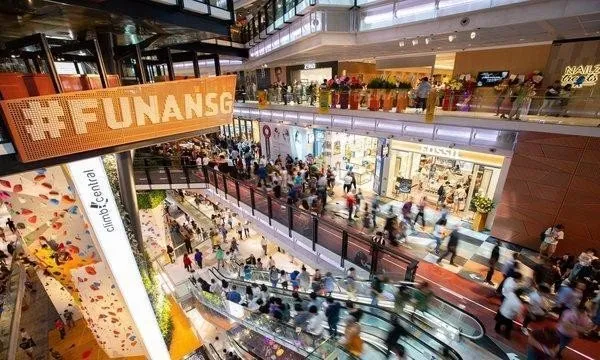
Don’t be fooled by Singapore retail sector’s improving demand indicators
The sector’s recovery won’t start until 2022.
Retail indicators have continued to show signs of recovery, according to CBRE. Unemployment has declined, while with the return of shopper traffic, business expectations have improved. With the protracted closure of tourism borders, local spending has increased. Retail sales (excluding motor vehicles), posted a y-o-y change of -1.3% and 3.5% in Jan and Feb 2021 respectively, a marked improvement as compared to the pre-pandemic period.
For Q1 2021, retailers from the F&B, convenience stores and supermarkets sector were seen to be increasing their footprint. At the same time, they have reinvented concepts, creating new and innovative brands to gain market share. Leasing enquiries from boutique gyms, beauty, health and wellness related sectors remain relatively active, although their decision making process are taking longer.
Here's more from CBRE:
It was observed that there has been a slowdown in rental declines of prime retail spaces, from -3.6% q-o-q in Q4 2020 to -1.2% q-o-q this quarter. Notably, landlords continue to maintain a flexible stance towards rental expectations and leasing strategies to support tenants’ requirements, favouring tenant retention over occupancy.
Even though demand indicators are improving, the retail sector has yet to reach full recovery; it will be highly dependent on the global vaccine roll-out and how soon Singapore can reopen its borders. With these considerations, the retail sector is expected to bottom out in late 2021. As such, the recovery of the retail sector is likely to be a gradual one, potentially from 2022 onward, given that the retail sector is still highly challenged by e-commerce competition and labour woes.
The introduction of the Code of Conduct (effective 1 Jun 2021) is a much welcome change and tilts the scale to achieve a more equitable balance in the leasing dynamics. It seeks to increase the competitiveness of Singapore’s retail sector, which will be timely as the economy recovers from the pandemic.



















 Advertise
Advertise




